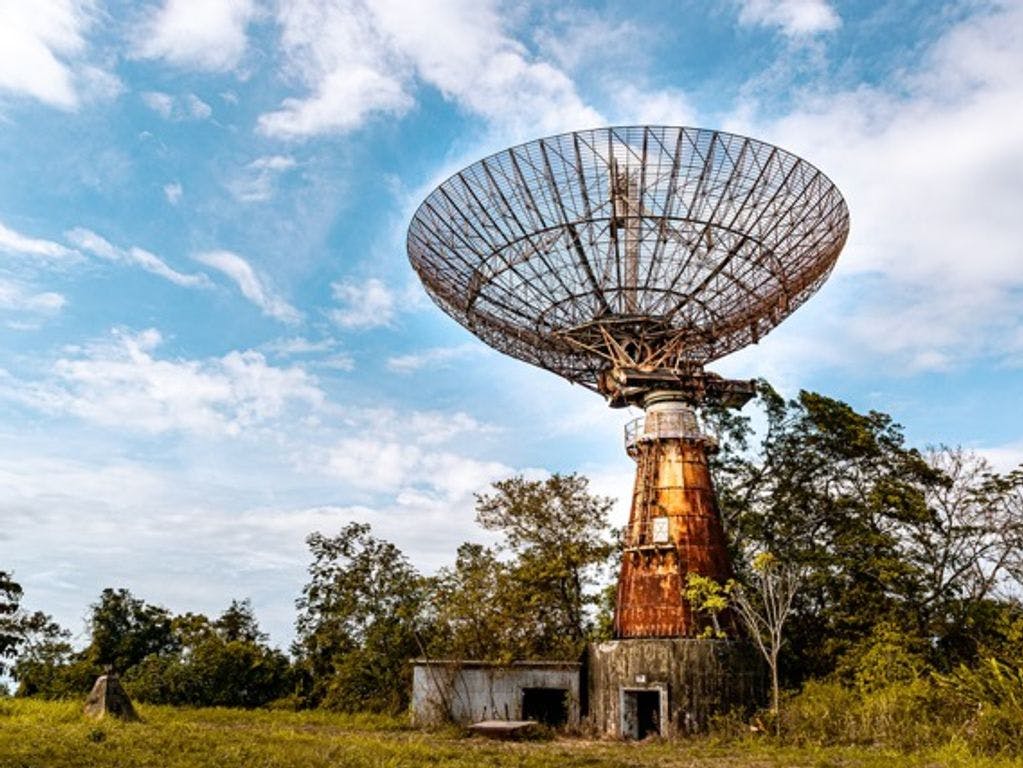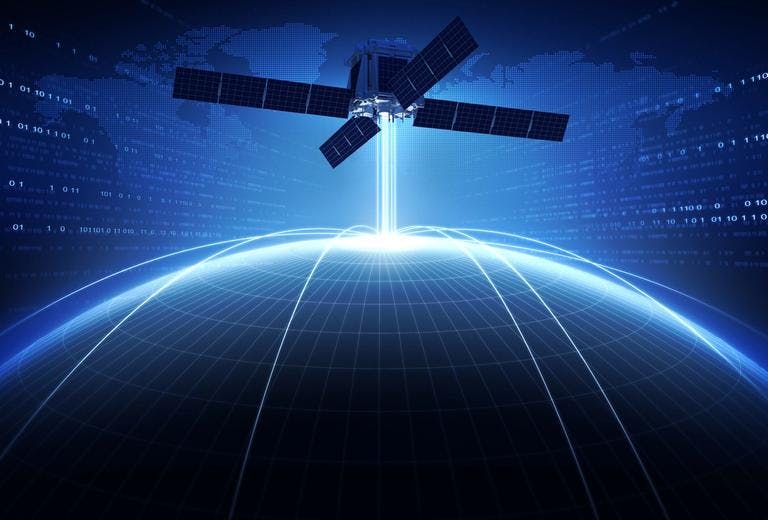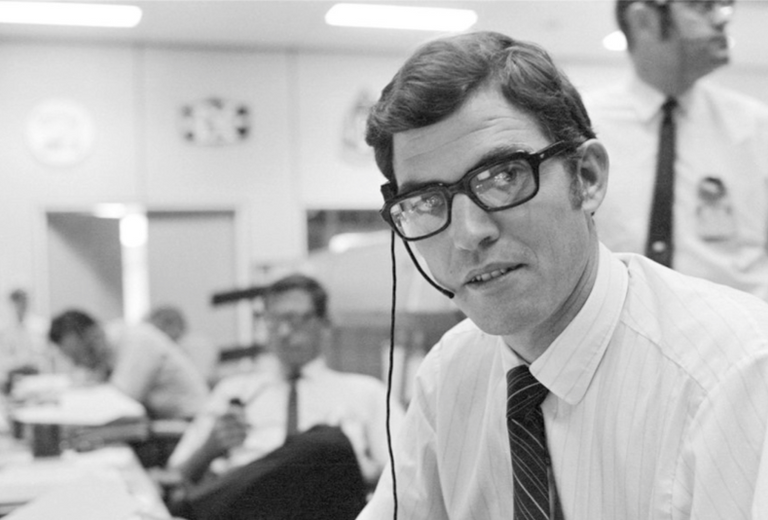The History of VSAT: Bridging Global Divides
The history of Very Small Aperture Terminals, or VSAT, is a journey that parallels the rapid evolution of technology and humanity's continuous pursuit for greater connectivity. Tracing its lineage, we can see how VSAT has transformed the way we communicate, from its roots in space exploration to its modern-day applications in various industries. In this exploration, we’ll dive deeper into the milestones that have shaped VSAT technology over the years.

The Satellite Era: 1950s & '60s
The foundational bricks of VSAT technology were laid during the satellite era in the 1950s and '60s. When the USSR launched Sputnik in 1957, it wasn’t just the beginning of the space age but also marked the potential of satellite communication. This watershed moment ignited a competitive but collaborative space race.
The U.S. responded with its satellite initiatives, with NASA taking the helm. Both nations realized that beyond the space race, satellites held a promise for ground-breaking communication possibilities. These pioneering efforts heralded the era of long-distance communication, where information could be relayed through space and back to different parts of the world almost instantaneously.
The 1980s: Rise of the Minis
As we ventured into the 1980s, the commercial sector began to grasp the immense value satellites presented. Engineers, thinkers, and innovators envisioned private business networks that were not only reliable but could also span vast distances. No longer were satellites just about space exploration; they were now tools for business expansion, data relay, and remote connectivity.
Enter VSAT. These smaller satellite communication systems became the solution to providing consistent and reliable communication without the need for vast infrastructure or ground-based relay stations. Their rise in the '80s marked the beginning of a new age, where businesses could operate in real-time across continents.
1990s to Early 2000s: VSAT Goes Mainstream
The end of the 20th century and the dawn of the new millennium saw VSAT transitioning from a niche technology to mainstream adoption. As the costs associated with satellite communication began to decrease, VSAT systems became more accessible to a broader range of users.
This democratization of technology brought the Internet, television, and essential communication services to remote regions. Areas that were once considered unreachable, from isolated rural areas to offshore platforms, were now connected. This era also saw VSAT playing crucial roles in emergency response, military operations, and telemedicine.
Moreover, with the globalization wave sweeping industries, businesses of all scales were looking for ways to stay connected. VSAT proved to be the answer, providing efficient and reliable communication channels.
Today and Beyond: Into the Future with Next-Gen VSAT
Today's VSAT technology is riding the wave of innovation. The advent of High Throughput Satellites (HTS) has revolutionized data transfer rates. Beamforming techniques and advancements in ground equipment are allowing for dynamic resource allocation, optimizing bandwidth usage, and improving overall system efficiency.
The next generation of VSAT promises more than just higher data rates. We're looking at intelligent systems that can auto-correct, offer enhanced security features, and provide seamless integration with other communication technologies.
Satellite constellations, like the ones envisioned by companies such as SpaceX with their Starlink system, aim to provide global coverage with lower latency and higher bandwidth than traditional geostationary satellites. These advancements hint at a future where VSAT isn't just a means of communication; it's a cornerstone.
Conclusion: The Ever-Evolving Journey of VSAT
From its embryonic stage during the satellite era to its current state-of-the-art applications, VSAT's journey has been nothing short of spectacular. Its history doesn't just trace technological advancements but also mirrors humanity's insatiable thirst for connectivity and progress.
As we gaze into the future, one thing is clear: VSAT will continue to play a pivotal role in bridging global divides, connecting the unconnected, and facilitating the flow of information. The story of VSAT is far from over; in many ways, it has only just begun.
This article was originally published on the Steely website. If you're interested in learning more about VSAT and its applications, visit our What is VSAT page.

A collective of dedicated professionals committed to enhancing satellite communication security. When they aren't analyzing complex telemetry data or crafting state-of-the-art tools, they're deeply engaged in thought leadership, sharing insights to empower a safer, more connected world.


